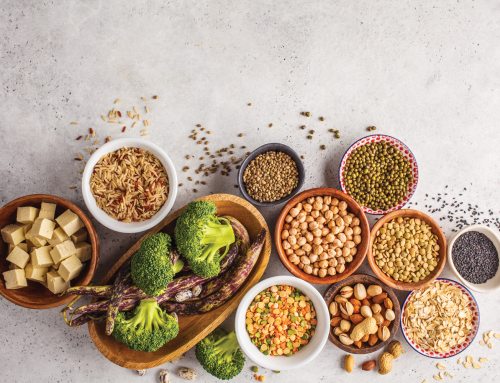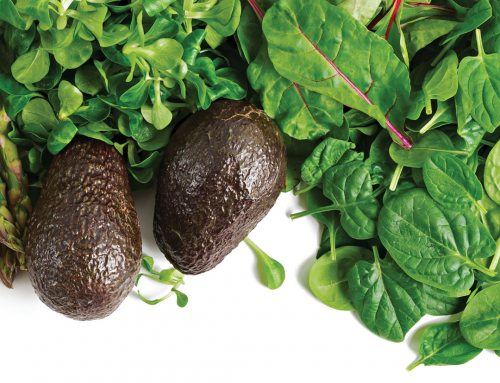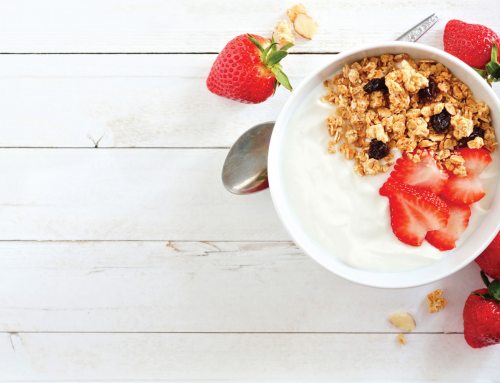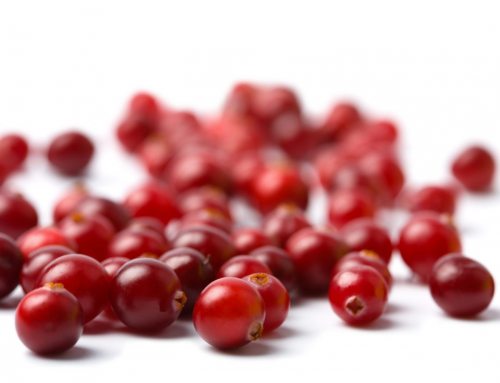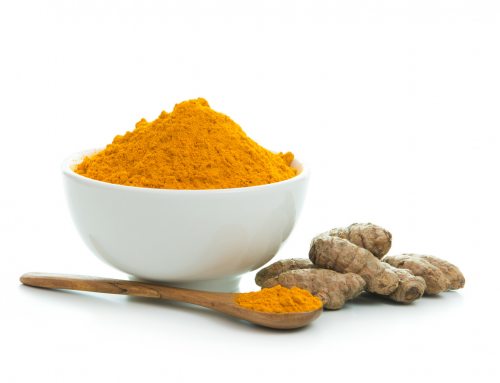
Kefir
By Brandon McDearis
Despite the fact that I picked a career in foods and nutrition, and most of my free time is spent reading and educating myself about food, I was completely unaware of this thing called kefir until just fairly recently when I learned about it from my good friend and fellow athlete David Robinson. While having a discussion last year at the Parris Island triathlon, right before we were both set to compete, he confessed to me that his latest addiction is this fermented milk drink. Upon returning home from the race that weekend, I went out to Trader Joe’s and picked up a bottle of the stuff. Anxious to find out what all of the fuss was about, I took my first sip of kefir and quickly realized why my friend had become such a proponent of this substance that appeared to be nothing more than a drinkable yogurt.
Kefir grains are simply a combination of bacteria and yeasts that are referred to as probiotics. These grains are believed to have first been added to inoculated milk by shepherds back a few thousand years ago. Kefir cannot be produced from scratch, but the grains grow during fermentation, and additional grains are therefore produced. There are currently communities of growers that are selling and/or donating excess grains throughout the United States. Some of the many health benefits associated with the consumption of kefir include its antimutagenic and antioxidant properties which may prevent mutagenic and oxidative damage to the human body. There is also evidence showing that consumption of kefir may aid with lactose digestion and possibly even play a role in lowering blood pressure and reducing serum cholesterol.
Over the last few months, I have been experimenting with different culinary uses for kefir. I have found it to be a great addition to shakes and smoothies, but my favorite use for it thus far is as a base for sauces and dressings. As long as the kefir is kept raw, it will retain all of its health-supporting probiotic bacteria that is beneficial to digestion. The following recipe not only makes a great salad dressing, but it also works well as a dip for crudites and as a condiment for sandwiches. This serves 4.
Lemon-Herb Kefir Dressing
1 cup plain low-fat or whole-milk kefir
3 tablespoons extra-virgin olive oil
2 teaspoons finely chopped fresh thyme (½ teaspoon dried)
2 teaspoons finely chopped fresh oregano (½ teaspoon dried)
2 teaspoons finely chopped fresh parsley (½ teaspoon dried)
2 tablespoons fresh lemon juice
1 tablespoon finely chopped shallot
1 clove minced garlic
2 teaspoons raw honey
1 teaspoon Dijon mustard
1/4 teaspoon sea salt, or to taste
1/8 teaspoon black pepper
Preparation:
Whisk together all ingredients in a bowl. Cover and refrigerate for at least 1 hour to allow time for the flavors settle together. (Makes 1 ¼ cups.)
Nutritional Value:
Serving Size: 2 Tablespoons
80 Calories / 5g Fat / 1g Saturated Fat / 2.2 Carbohydrates / 1g Fiber / 2g Protein


